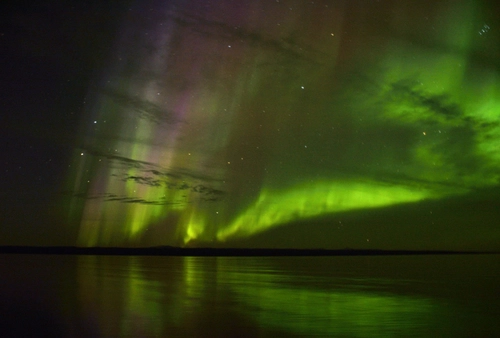Ships are meant to glide effortlessly through calm waters, but our Greenland expedition vessel Ortelius is shuddering and wiggling as it navigates through the calm yet frozen waters between Svalbard and the islands. We’re on the North Atlantic Odyssey, a journey that starts in continental Europe and concludes near the North Pole in Svalbard. Onboard are 115 enthusiastic passengers. Most of them are currently on the outer decks, cameras in hand, captivated by the sea ice.
Spell-bound by the frozen ocean
“I looked out at the ice this morning and I felt so at home,” says Mick Brown, a veteran guide and naturalist, who remains spell-bound by the frozen ocean. “It’s wonderful to be back – such a great feeling.” There was no need for an alarm clock this morning; the change in the ship's movement was enough to get us out of bed. The bow lifts as it contacts a floe of ice, and one can feel the deck rise underfoot. As Ortelius pushes the floe aside, she lists almost imperceptibly before settling down again to an even keel. Heavier floes result in a little shuddering followed by a gentle vibration that ripples along the decks. Occasionally, there is a sharp jolt if the ship hits a solid floe square on.

Careful, skilful navigation
“Speed?” questions the Officer of the Watch, not taking his eyes off the random pattern of floes and leads ahead. “3.6 knots,” replies the helmsman. Ice navigation is not to be rushed. “Ok, Rudder Port 10 degrees,” he orders. Taking advantage of the open patches of water – known as leads – the vessel zig-zags towards the north. The log book entry for this hour says it all: ‘various courses’.
Sound, as well as movement, indicates to anyone still below decks that we’re in the ice. The floes scrape along the side of the hull, grinding, juddering, and crackling as they go. Harder, glacial lumps of ice make the most noise. Sailors of old gave them the name growlers, which is still used today.
The Ice Lung
The Arctic Ocean freezes in the winter, and currents move that ice southwards along the east coast of Greenland. Our Arctic trip has taken us right up to the fringe of that ice. It’s relatively soft, one-year-old ice, around one meter thick. Oceanic swells meeting the ice cause a rise and fall among the floes. Pytheas the Greek, the first man to record his impressions of sea ice around 350 BCE, referred to this as the “ice lung.” The floes hiss and breathe as they rub against one another. The frozen sea has a mysterious quality. Pytheas wrote of those places where land properly speaking no longer exists, nor sea nor air, but a mixture of these things, a link between all these elements, on which one can neither walk nor sail. It is a shame that Pytheas’s original texts have been lost; we only have descriptions of his words and findings.
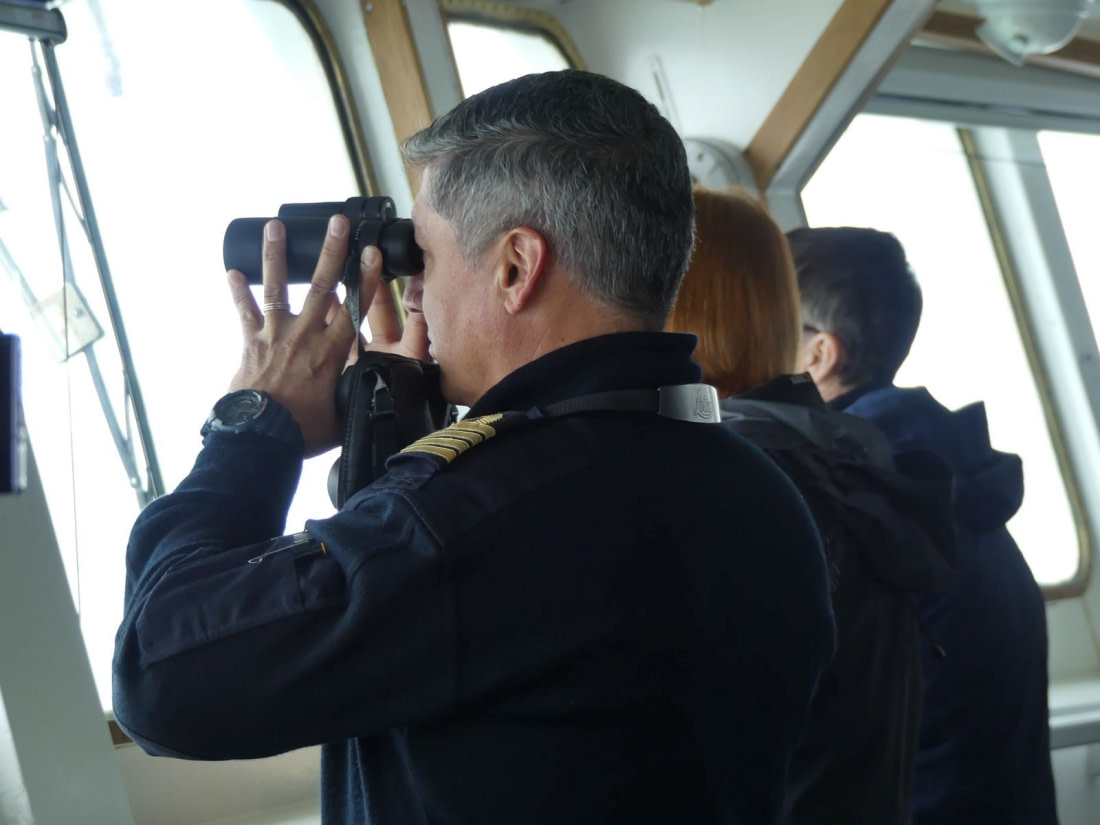
Home to phytoplankton, essential for all arctic animals
Although it might seem lifeless, the ice lung provides life. It is an active habitat, home to pagophilic – ice-loving – wildlife. So far today, we’ve spotted a hooded seal and a pomarine skua. We are keeping our eyes open for harp seals, which can gather in their thousands on this margin. Where floes are upturned, they expose a dirty brown underside: this is the growth of phytoplankton, the nucleus of the arctic food web, food-fuel for the rest of the fauna, beginning with zooplankton. In turn, this feeds the fish that sustain the seals, which are hunted by the king of the sea ice – the polar bear. Now, where are my binoculars?
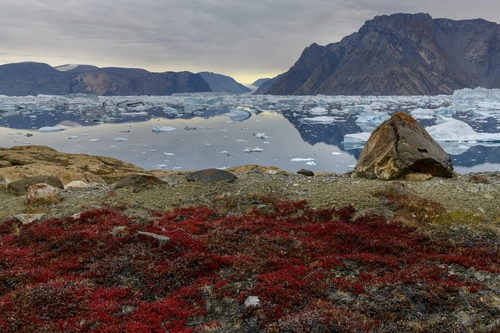
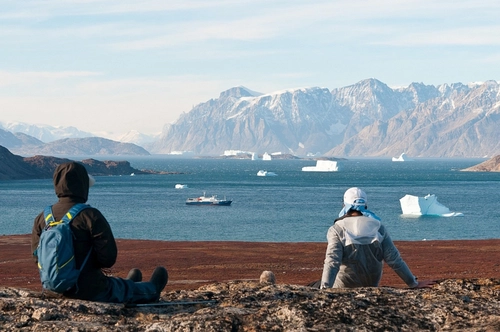

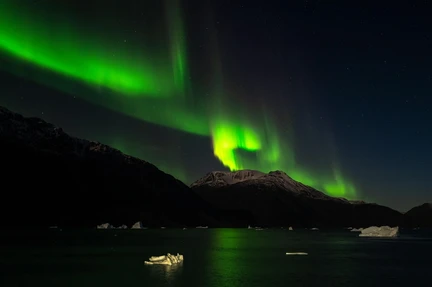

Related Trips
Blog



Day and night in Antarctica
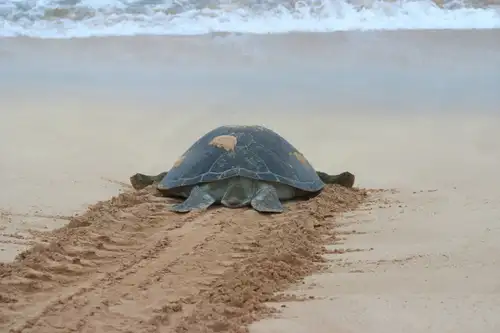
The Overlooked Treasures of Ascension Island
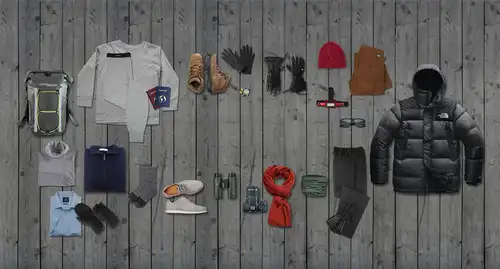
What to Pack for Your Expedition Cruise to the Arctic or Antarctica
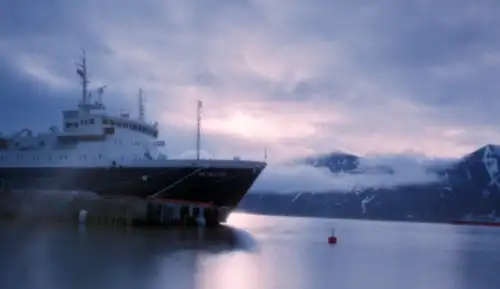
Solargraphy & Pin Hole photography in the Arctic
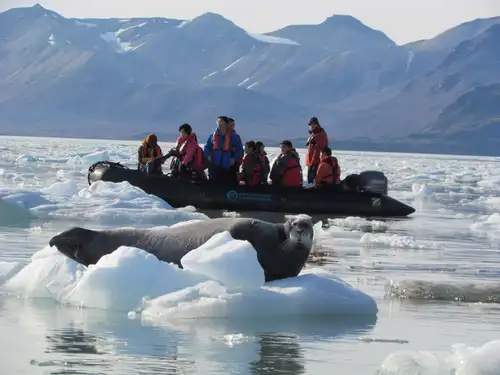
Six Seal Species You Might See On Your Greenland Cruise

Around Spitsbergen vs. North Spitsbergen
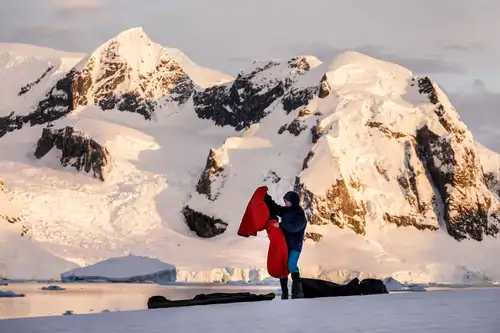
Camping in Antarctica: a True Expedition Experience

Not Eskimos: 10 Enlightening Facts About the Inuit

Book Recommendations for Your Polar Cruise
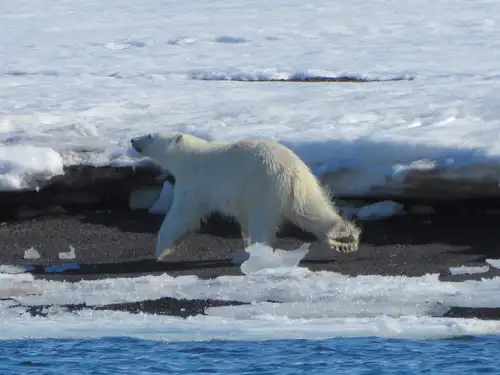
Polar bear feast
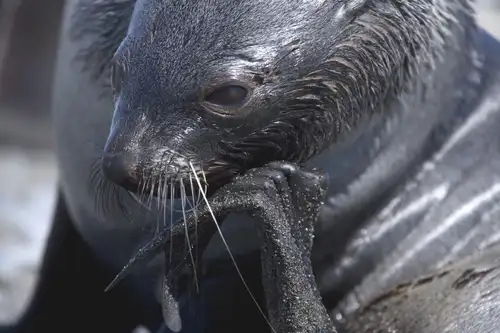
Coming Back from the Brink: The Fur Seals of Antarctica
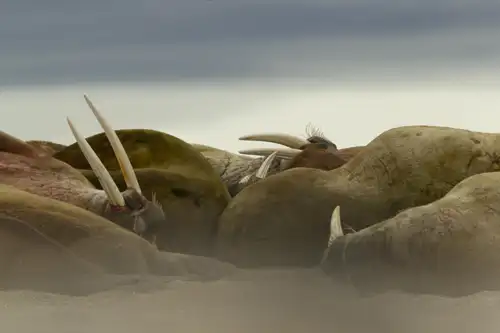
15 Toothy Facts About the Atlantic Walrus

Svalbard a Disneyland for geologists

The Arctic’s Most Phenomenal Fjords
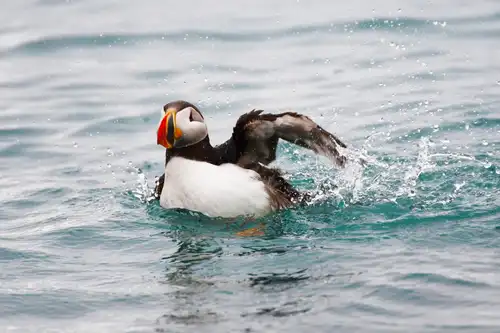
Puffins: Clown Birds of the Atlantic

Tracking Greenland’s Wildlife from Space

The Arctic Hare: Easter Bunny

8 Whales You Might See During Your Antarctica Cruise
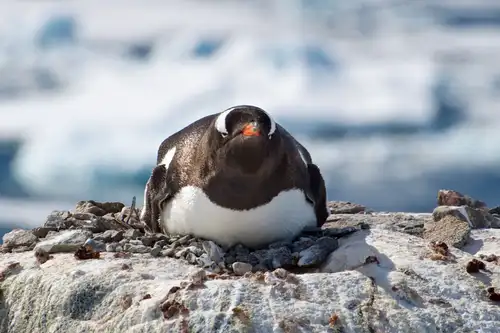
Life in a Penguin Colony
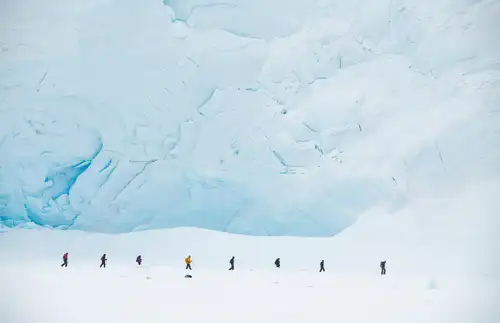



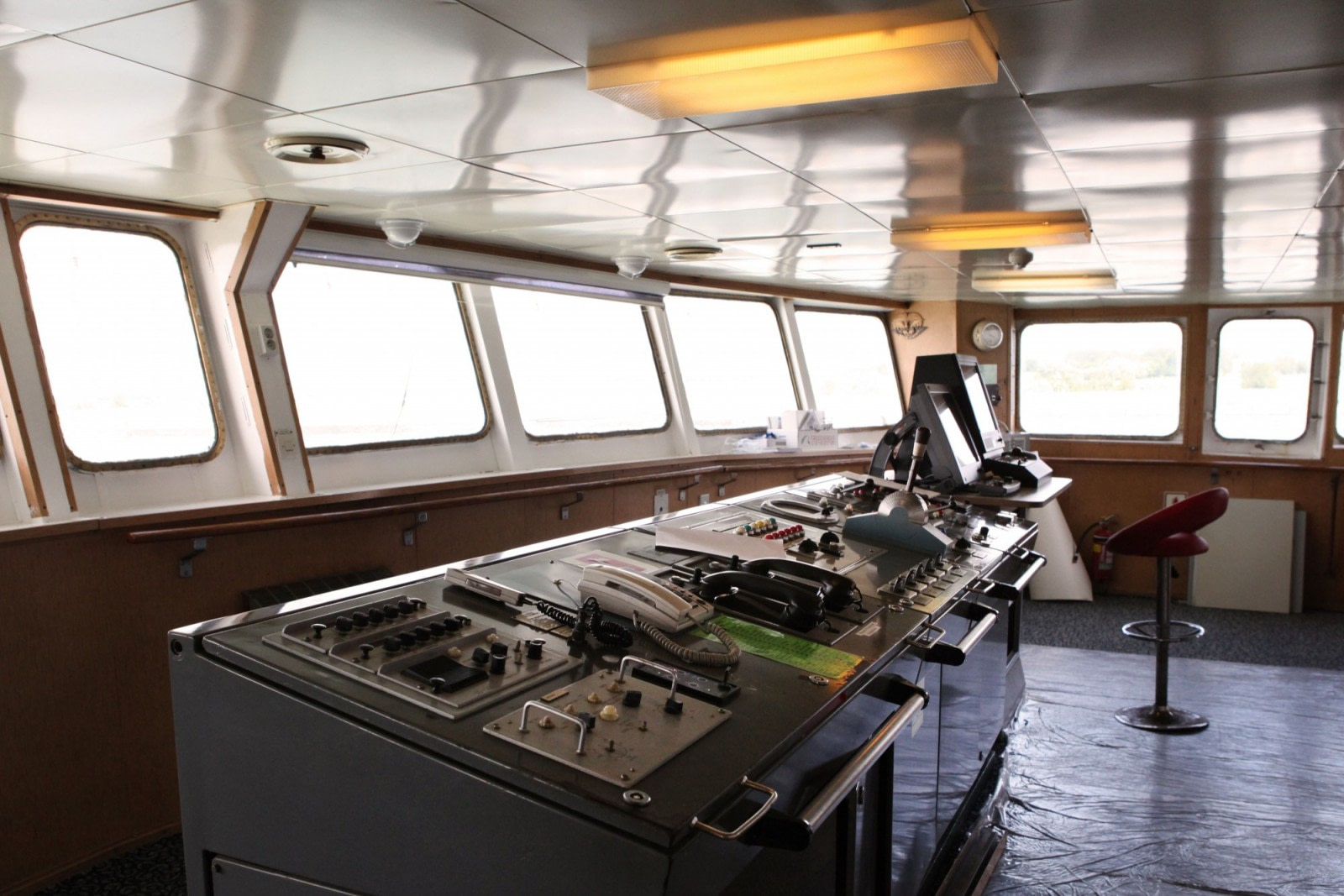

 20 Days / 19 Nights
20 Days / 19 Nights
